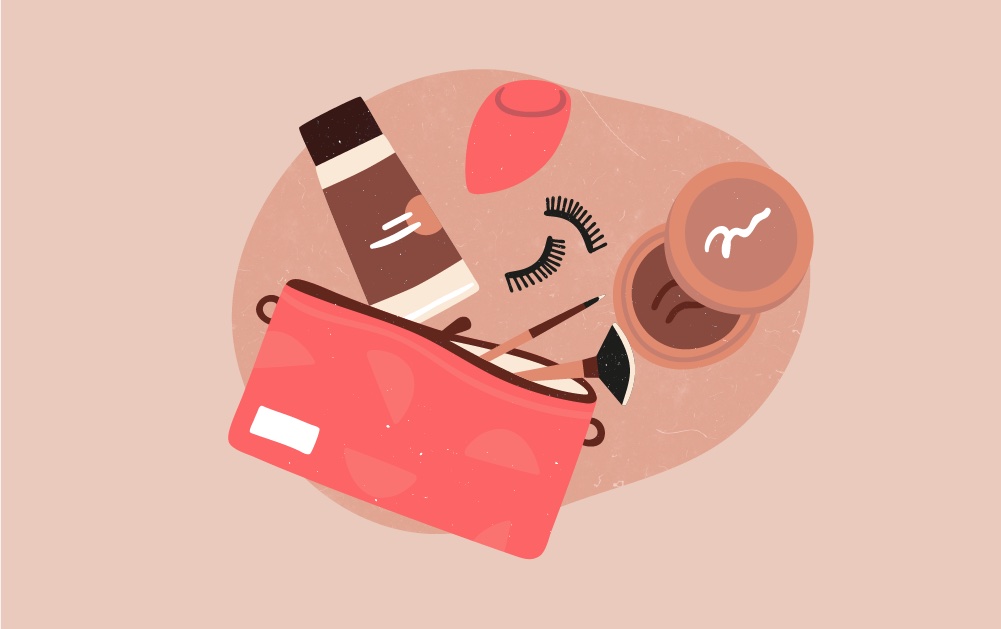If you think AR is limited to novelty lenses, think again. The underutilised utility can help brands engage with customers like never before.
Last year, beauty retailer MECCA harnessed the power of augmented reality (AR) to launch a new Dynamic Shopping Lens on social platform Snapchat. The lens allowed shoppers to browse and virtually sample up-to-date inventory from the MAC Cosmetics lipstick line available at MECCA, and buy product directly through the Snapchat app.
Matt Coote, Snap Inc Head of Enterprise ANZ, says this example shows that the beauty category is ripe for AR opportunity.
“AR’s ability to let customers see, interact with and try on products in a lifelike setting unlocks unprecedented opportunities for beauty brands,” he said.
“Since the global pandemic, customers have been seeking out virtual makeup try-on for a unique and seamless experience. Snapchat’s catalogue-powered Shopping Lenses are innovative and hyper-personalised but safe too.
Mr Coote says AR is the new standard for retail, allowing Snapchatters to go from “this looks good” to “this looks good on me”.
“By combining Product Catalogue with AR, we’re able to offer shoppers dynamic and personalised shopping experiences, which not only leads to greater engagement, but also conversion.”
Recent research from Snap and Ipsos found that Australian brands already using AR in their campaigns have achieved positive business results:
- 80 per cent of brands that use AR filters, Lenses or effects improved their brand awareness.
- 90 per cent that use AR say it helps them to improve their brand engagement and appeal to younger audiences.
- 78 per cent of brands that use AR say it helps to drive sales, acquire new customers, and drive performance metric.
- 82 per cent of brands agree AR allows products to feel more accessible.
- 68 per cent think the number of returns a customer makes can be reduced by utilisation of AR in their marketing campaigns.
“The AR revolution has happened, and the technology is now seen as a common tool for consumers to assist them in making purchasing decisions,” Mr Coote said.
“As of 2025, it’s predicted that nearly three-quarters of the global population will be using AR, including almost everyone who is active on social and/or communication apps.”
From fun to function
The Snapchat platform launched in 2011 as a visual messaging app. Since then, it’s grown to a community of more than 363 million daily active users globally, reaching more than seven million users in Australia. In more than 20 countries (including Australia), Snapchat is said to reach 75 per cent of 13-34-year-olds.
“Snapchat opens to the camera, which we believe represents our greatest opportunity to improve the way people live and communicate,” Mr Coote said.
The app has expanded to now include five tabs: Camera, Snap Map, Chat, Stories & Discover, and Spotlight. In 2015, Snapchat launched AR Lenses.
“Driven by the desire to empower our community to express themselves, they’re all about adding a fun, entertaining element to your Snaps — and lowering the barrier to sending a Snap,” Mr Coote said.
AR usage is surging: Snapchat says it attracts more than six billion AR Lens plays every day, and more than 250 million Snapchatters engage with AR on the app each day.
The research from Snap and Ipsos shows that AR is no longer perceived just as ‘fun’, but for real-world utility, with shopping the number one reason that Australian consumers use AR, and 53 per cent of those surveyed affirming that it makes retail experiences easier, better and faster overall.
“One of the biggest challenges with online shopping is not being able to physically try on a personal item before purchase,” Mr Coote said. “But AR is allowing users to do this through the power of their smartphone.”
Snappy support
Snap says its AR platform offers solutions and self-service tools to help e-commerce brands meet their business goals through AR on both Snapchat and in their own apps.
“Snap’s AR capabilities are more advanced and accessible for brands of all sizes, and we’ve invested heavily in new tools over the last year to make AR more approachable to all clients,” Mr Coote said. These include:
- Lens Web Builder. “A simple solution for importing a catalogue of products and AR-ready assets to develop try-on and product visualisation Lenses in minutes.”
- Lens Studio. “A robust suite of tech supporting the development of digital fashion and bespoke AR shopping experiences.”
- AR Shopping templates. “Making it fast and free for brands to import their assets to create catalogue-shopping Lenses in minutes, with no AR development skills needed.”
- AR Image Processing. “Allows businesses to leverage existing 2D product photography … and transform them into turnkey AR-ready assets for Snapchat AR try-on Lens experiences.”
- Snap’s 3D Asset Manager. “A web content management platform that makes it easy for businesses to request, approve and optimise 3D models for any product in their shopping product catalogue.”
Aside from utilising AR, brands and retailers can also advertise through the Snapchat platform, says Mr Coote.
“Our new research found that people are genuinely happier and more receptive to ads while using Snapchat, because they feel free to express their authentic selves to their closest friends and family,” he said.
This feature was originally published in the March issue of Retail Pharmacy Assistants e-magazine.






